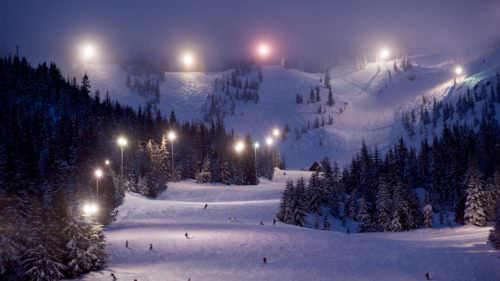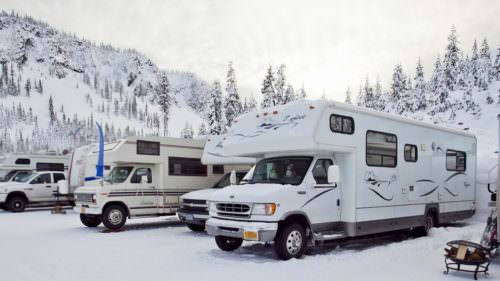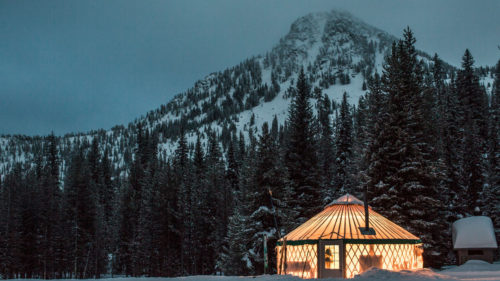“Narpski” (a playful spin on the acronym NARP — “non-athletic regular person” — blended with skiing) is a documentary film that follows the journey of two Portland-based women as they embark on their goal of skiing and snowboarding a black diamond trail at Mt. Hood Meadows ski area.
But the story of these two friends’ winter adventures is much more than that. The short film, released in 2024 and featured at the Bend Film Festival, captures the camaraderie and shows the promise of a future where meaningful diversity exists on the ski slopes.
A recent survey by the National Ski Areas Association sheds light on the demographics of the typical skier: predominantly white (88%) and male (62%). While these statistics reveal ongoing challenges in diversifying the sport, there are promising trends. Women made up over 62% of beginner skiers. While the racial makeup of skiers has not shifted significantly over the past decade, the percentage of skiers identifying as “white alone” (not also identifying as Hispanic, Latino, or any other race) has declined by 13% since 2010. “Narpski” reflects this slow but steady demographic shift promising to reshape the world of skiing and snowboarding.
Here’s how to follow along the “Narpski” journey.
Breaking Barriers Through Open Slopes
Kayla Caldeira and Caroline Weaver first met while working in the filmmaking profession in Portland. Kayla grew up surfing and skateboarding in Hawaii, and snowboarding seemed to make perfect sense. She says finding a community after moving to Portland was a big motivator for her to learn to snowboard. Caroline grew up in the South, and this effort marked her first time getting into snow sports. She jokes that her motivation for learning to ski was to get ahead of any seasonal depression after moving to the Pacific Northwest. Also, she says, “I’ve always been involved in sports in some way, and I thought this was a really good way to get to know the pace of life up here and see the mountain in a different season.”
A newly formed organization, Open Slopes, offered an easy opportunity to dip their toes into winter sports. The organization’s goal is to eliminate as many barriers as possible for BIPOC and queer folks interested in trying snow sports, offering free lessons, rentals and transportation. They attended one of the first iterations of the organization, a BIPOC Shred meetup at Mt. Hood Skibowl.
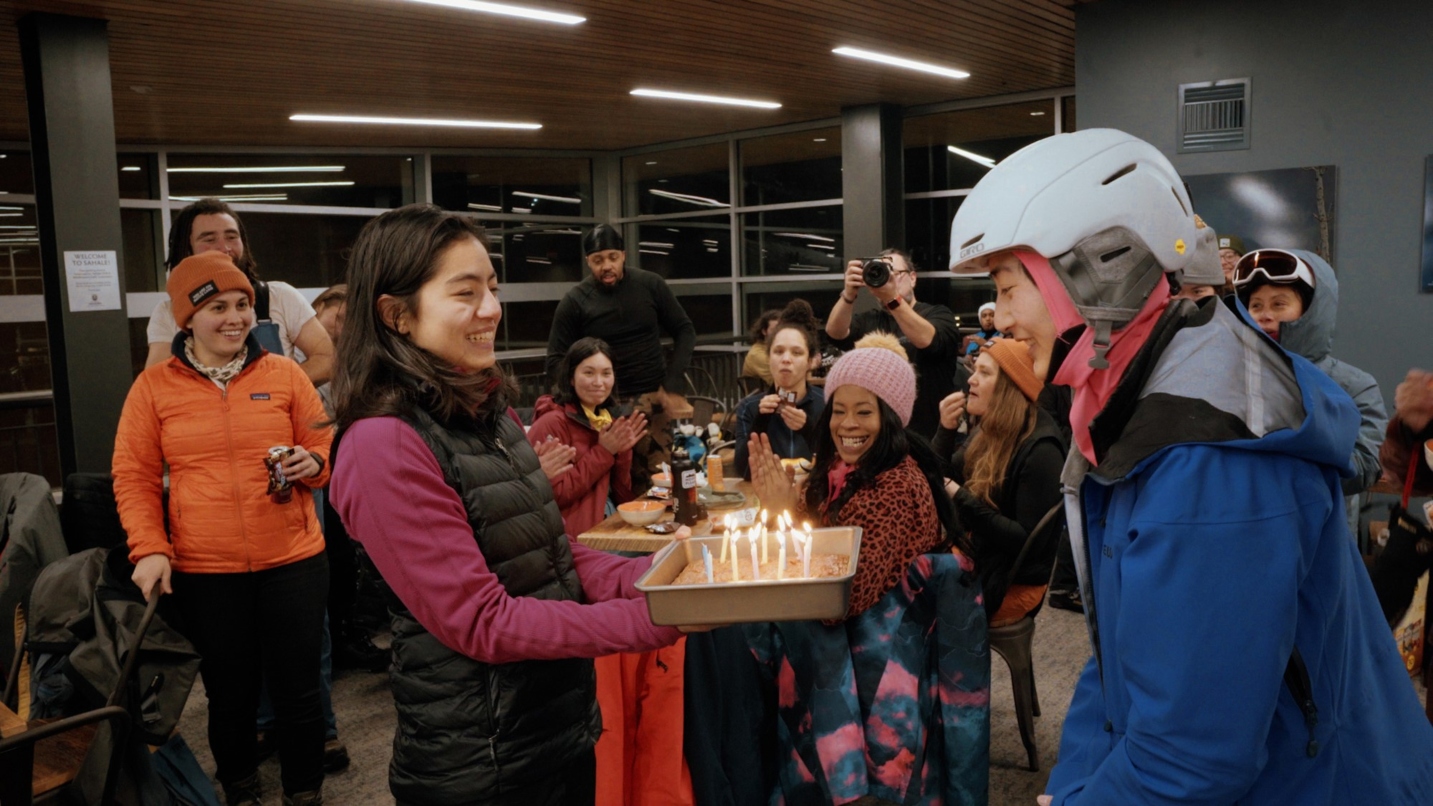
Building Community Through Inclusion in Snow Sports
At Mt. Hood Skibowl, that pair connected with Mai Li O’Keefe (they/them), who became a mentor and later took on a leadership role with Open Slopes. Mai Li had skied off and on as their family moved around during childhood, but hadn’t skied again until recent years. The inaugural BIPOC Shred was originally formatted where a Black or Brown person could bring someone to ski or snowboard. But Mai Li says that experience opened their eyes to realize this was an opportunity to build community: “I really wanted to make an effort to continue that momentum and also challenge this idea that even though I’m not the best skier, that shouldn’t inhibit me from extending more invitations to other people.”
Mai Li adds: “One element of BIPOC Shred is that you learn from someone that mirrors you, that you can see yourself in. It’s the same thing for women learning from women or queer folks learning from other queer folks.”
Kayla adds that learning snow sports is intimidating. She credits the friendships she made through Open Slopes for her drive to learn snowboarding and continue on with it, a term referred to as “skier retention” in the ski resort industry and one of the biggest challenges.
The film documents the pair’s progress in learning their sports; there are plenty of falls and lots of laughing, with the movie culminating in a successful descent of one of Mt. Hood Meadows’ black diamond runs. “Making fun of ourselves and being okay with seeing that on screen was something Kayla and I had to really embrace,” says Caroline. But the results were worth it: “People have come up to me months later in town, and they’ll say, ‘Hey, I saw your film, and I was so inspired that I went and did my first ski lesson.’ And that’s happened multiple times.”
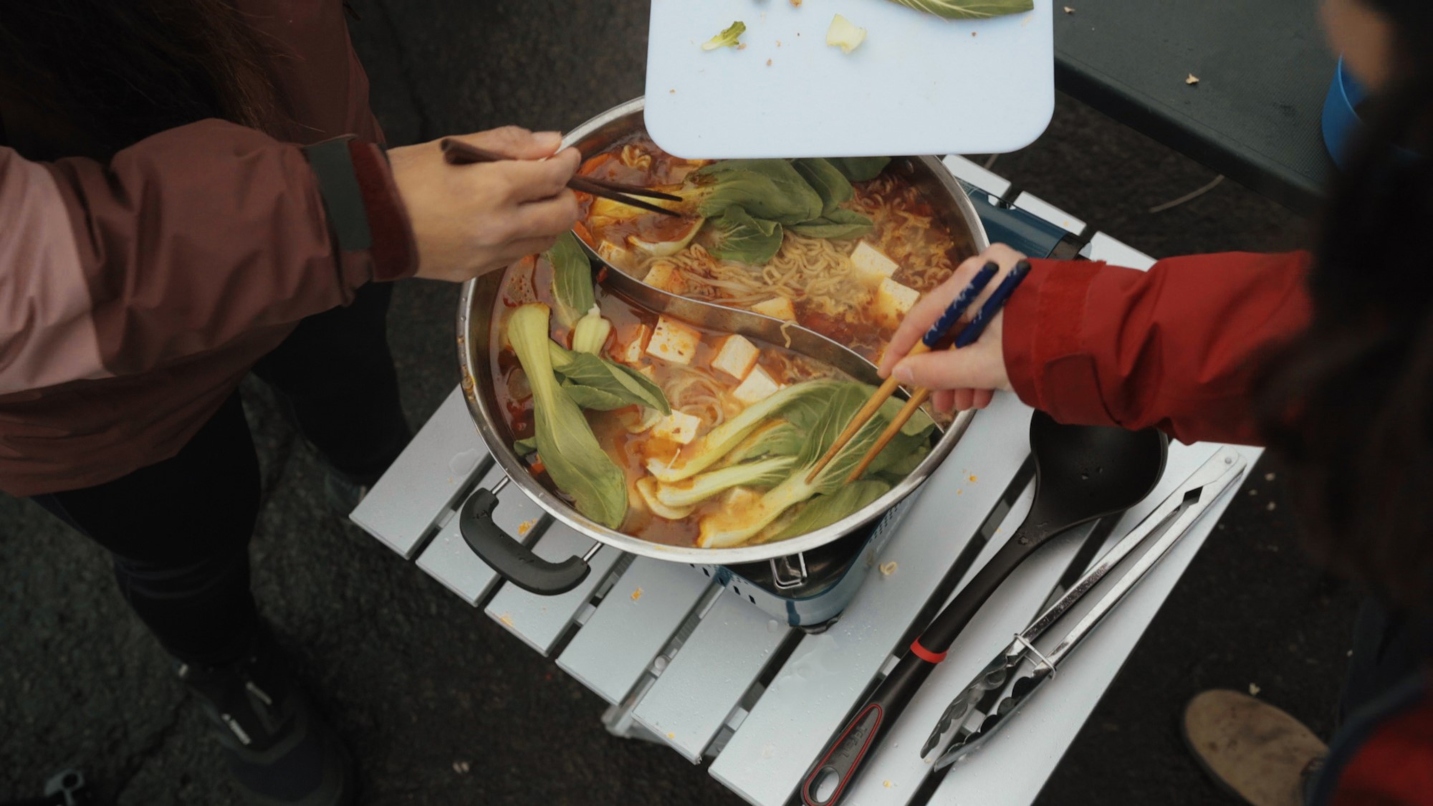
Beyond Skiing: Food, Friendship & New Adventures
Beyond the slopes, the community shines in scenes showing the parking lot gatherings with homecooked food shared among the group. Mai Li says that food is “Always a big point of pride, both as an expression of love and care, as well as culture. It’s also a comfort that translates across different spaces.” Caroline says the movie’s reception has been unexpected: “We were just doing this for fun. But the reception has emphasized that there is a much greater need than I realized before for these types of stories — people loved it. “It was really relatable, I think, not only people of color, but people new to the sports.”
Caroline is setting new goals after succeeding in her goal of skiing a black diamond slope. This winter, she hopes to try backcountry skiing. She also plans to bring her camera out with her to expand her storytelling in the snow world, observing that “the backcountry is even more limited with people of color out there.”
